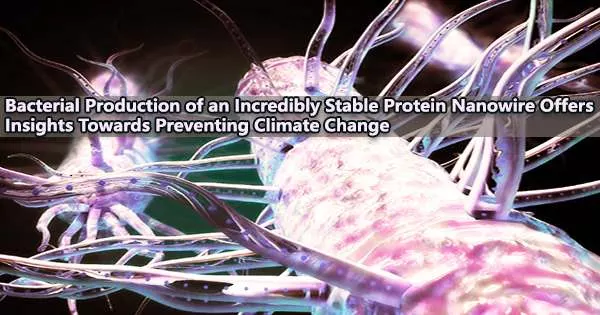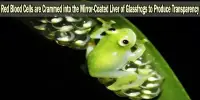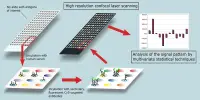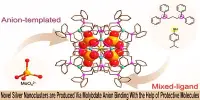Protein nanowires are conductive structures made of proteins that can transport electrons over long distances. These nanowires are typically found in certain types of bacteria, such as Geobacter and Shewanella, and they play an important role in the ability of these bacteria to respire using metals or other electron acceptors.
Accelerated climate change is a major and acute threat to life on Earth. Methane, which is 30 times more effective than CO2 in retaining heat, and which bacteria produce 50% of the atmosphere’s methane, are to blame for rising temperatures.
Additionally, due to the accelerated microbial activity brought on by these high temperatures, more greenhouse gases are being produced than can be absorbed by plants. This increases the global temperature and reduces the Earth’s capacity to act as a carbon sink.
It is possible we could use these wires to generate electricity or understand how methane-eating microbes use them to combat climate change.
Professor Nikhil Malvankar
An additional species of microbe, which consumes up to 80% of the methane flux from ocean sediments, may be the key to breaking this vicious cycle. But these organisms are difficult to study in the laboratory.
In Nature Microbiology, a Yale team led by Prof. Nikhil Malvankar and former Ph.D. student Yangqi Gu discovered surprising, wire-like properties of a protein made by electricity-producing Geobacter that show similarity to those of methane-eating microbes.
The Malvankar lab has previously reported that this protein wire exhibits the highest conductivity known to date, allowing bacteria to generate the greatest amount of electrical power ever recorded and explaining how these bacteria may survive without oxygen-like membrane-ingestible chemicals. To date, no one had discovered how they are made or why they are so conductive.
The atomic structure of the nanowire was visible to the researchers using high-resolution cryo-electron microscopy. They found that hemes were tightly packed to transfer electrons very quickly and with excellent stability. In order to investigate how bacteria produce nanowires on demand, the scientists also created some artificial nanowires.
“It is possible we could use these wires to generate electricity or understand how methane-eating microbes use them to combat climate change,” Malvankar said.
















